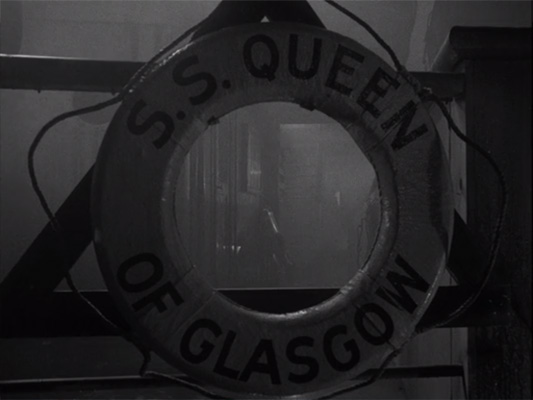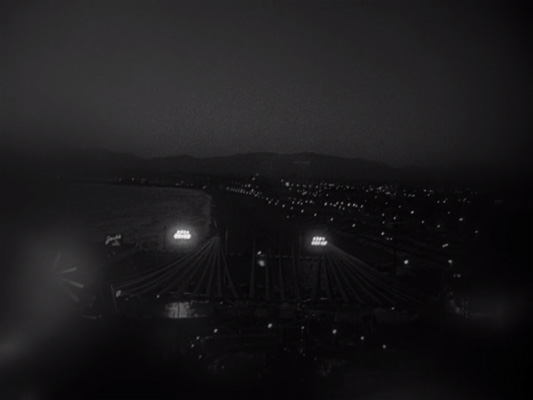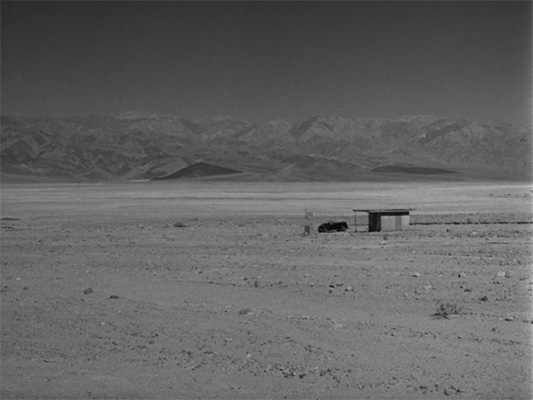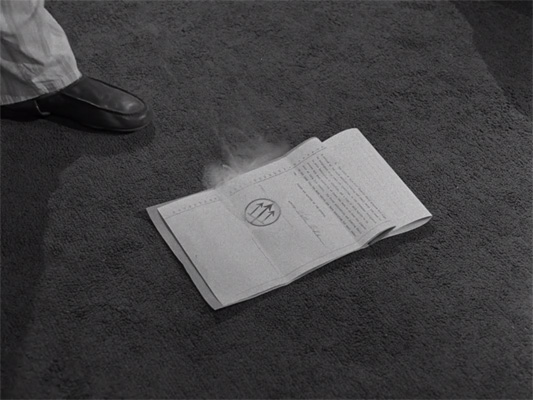developed by Double Fine (San Francisco, CA)
written and directed by Tim Schafer
[I don’t know why it’s not showing the thumbnail. The video works fine.]
May 7, 2013: I “beat the average” on the “Humble Double Fine Bundle,” which gets me three games from a studio to which — based on their satisfying Psychonauts and, especially, their behind-the-scenes documentaries I’ve been watching since December 2012 — I feel a sentimental loyalty. I had already been interested in playing all three games, which is why I’m comfortable immediately putting down a full $10.
It is thus with genuine dismay that I come to you today and report that I am abandoning Brütal Legend, after 6 hours of increasingly unsatisfying play. I seem to be only about halfway through the story.
I really wanted to see it out. I feel great good will toward this game for its enthusiasm, eccentricity, and ambition. In attitude and aesthetic, it’s a true original; how rare that is in this medium. But it dawned on me just now that my relationship with the game had gone entirely from one where it gave me entertainment to one where I gave it charity. And having recognized this, I knew it was right to stop, because the game, being insensate, cannot benefit from my charity. My good will is actually for the people behind the game. They already got my $10. So I can stop playing.
Part of what’s so wonderful about video games is that playing them is an almost entirely intuitive process — by which I mean “governed by the intuition,” not (necessarily) “conducive to being intuited.” When a video game is working, it’s passing a satisfying form of communication back and forth subconsciously with the player, which it would require some self-investigative effort consciously to name. When a game isn’t working, it’s failing to meet the player at the same subconscious level. This is a level on which things can be felt to be “clicking” or “not clicking” constantly throughout our waking life, most of which information we strategically disregard. Why? On behalf of social incentives, governed by acquired systems we call “culture.” These, in turn, are constantly affecting and influencing our intuitions.
In trying to get one’s parents (and other pre-cultural peoples) to try video games, one is forced to confront all the myriad ways that video games are not actually intrinsically intuitive (“What do you mean, ‘the little guy is you‘?”). But they can become genuinely intuitive after an enculturation process. This is true of the form as a whole, but it’s true of every new game, too. Every new game has some degree of its own unique culture; every new game has its own responsibility to stake out a way of operating in intuition-space. And the player has to be willing to wander out blindly into that darkness, to be met there.
The upshot is, it can take a surprisingly long time to consciously recognize that something isn’t working. I played Brütal Legend with a continuous sensation of actively “figuring it out,” which is to say of being not yet met where I was. I am accustomed to a certain amount of that sensation; I recognize it as the price of enculturation, which is a price I’ve come to trust is worth paying. But that trust is itself subconscious, and it can easily be abused. After six hours it was with a sense of waking to a submerged truth that I realized I had never stopped paying the entry fee; I was still paying it. I wasn’t being scammed; just unmet.
The game makes sense from the outside in — it has its big vision pretty well in order, just not its operative, in-practice reality. I’m sympathetic to the idea that this is a way to make worthwhile things. I guess I’m even willing to believe that this game is a worthwhile thing in some abstract artistic sense. (The idea of taking heavy metal album cover fantasy art literally, as physical space, is a wonderful and stimulating one.) But because of the interactive component, visionary video games are harder to actually put across than visionary books or movies. You can’t just passively humor them and let them insinuate themselves into your subconscious; humoring them means swimming with them, conversing with them, tangling with them.
Maybe I’ll watch the rest of the game being played on Youtube, which conveniently converts interactivity into passivity — letting you, for example, watch long interviews with people you couldn’t personally stand to talk to.
Adding on to that last thought: it’s perfectly possible to be visionary about interactivity itself, about how you’re going to engage with other people. That’s the best kind of artistic vision. But that’s not the kind of vision that drives this game.
Well, better put: this game does have a big vision about audience engagement, but unlike the aesthetic vision it’s a fervently primitive one. This game’s social vision felt like the fantasies of “delighting everybody” that I had as a young child: “everyone will come see the thing I made and it will put them in a great, great mood!” Then I’d eventually have to face the fact that it didn’t have any effect on them.
At the time, I thought I just had to learn more psychological strategy, learn to anticipate people more accurately; this is what “growing up” came to mean, for me. Now I think the lesson ought to have been the opposite: spend less mental energy fantasizing about effects and you’ll end up bringing more sensitivity, and thus value, to the thing itself. The reason a kid’s drawing doesn’t “put everyone in a great, great mood!” isn’t actually because of what the kid doesn’t know about people and moods; it’s because of all the inborn humanity the kid hasn’t yet allowed to manifest itself in his craft, which instead is, in fact, manifesting in this social fantasy.
This is the great counter-intuitive artistic idea I’ve arrived at in my adulthood. If you want to communicate effectively, you cannot afford to allocate any of your spiritual resources to the task of anticipating your effectiveness. Not even when it feels “constructive.” That feeling is always backward.
It’s a very tough intuition to flip.
This is to say that while Brütal Legend might seem to have failed the player because it didn’t take the player’s experience enough into account, I think it’s actually because it was too preoccupied with the audience, too set on “delighting everybody!” Too intent on having some effect instead of being some thing. It’s almost overwhelming how much this game sincerely wants to delight and amuse. That’s not the same as being delightful and amusing. Insofar as it eats up real estate that could have been put to better use, it’s the opposite.
As a player, I know exactly what the intended effect of this game is. But I don’t know what the game is. I don’t think anyone does.
Good will all around! Good will right back atcha! Thanks, Jack Black! Thanks, famous rock-and-rollers! (RIP Lemmy Kilmister!) Thanks, artists! Thanks, Tim Schafer and Double Fine! Thanks everyone for so very clearly wanting to put me in a great, great mood — that’s sweet of you!
Onward I go to your next game! With trepidation.




